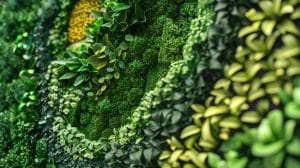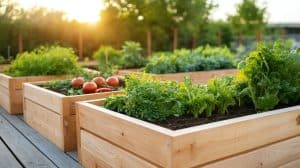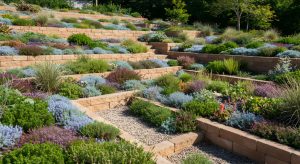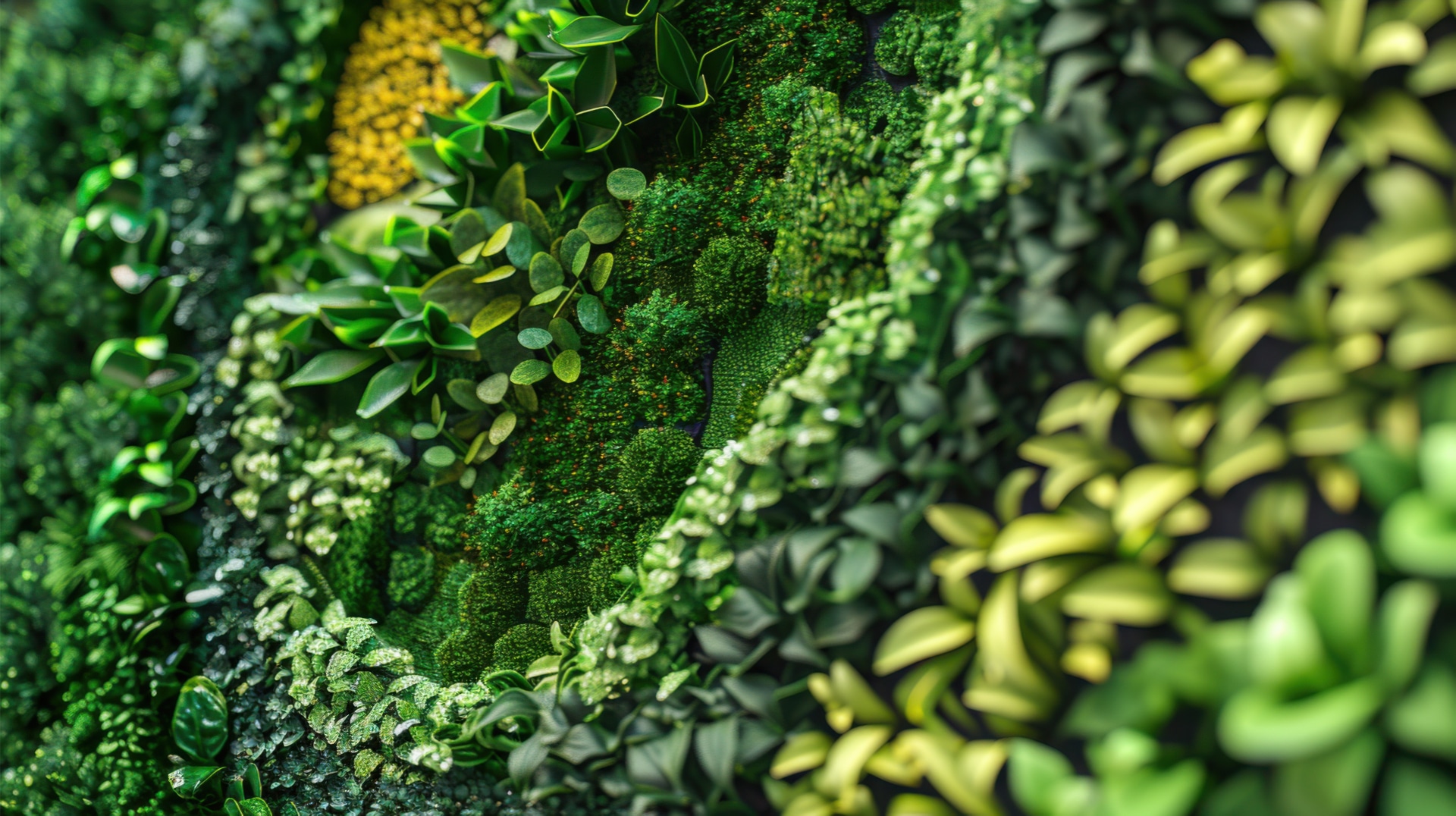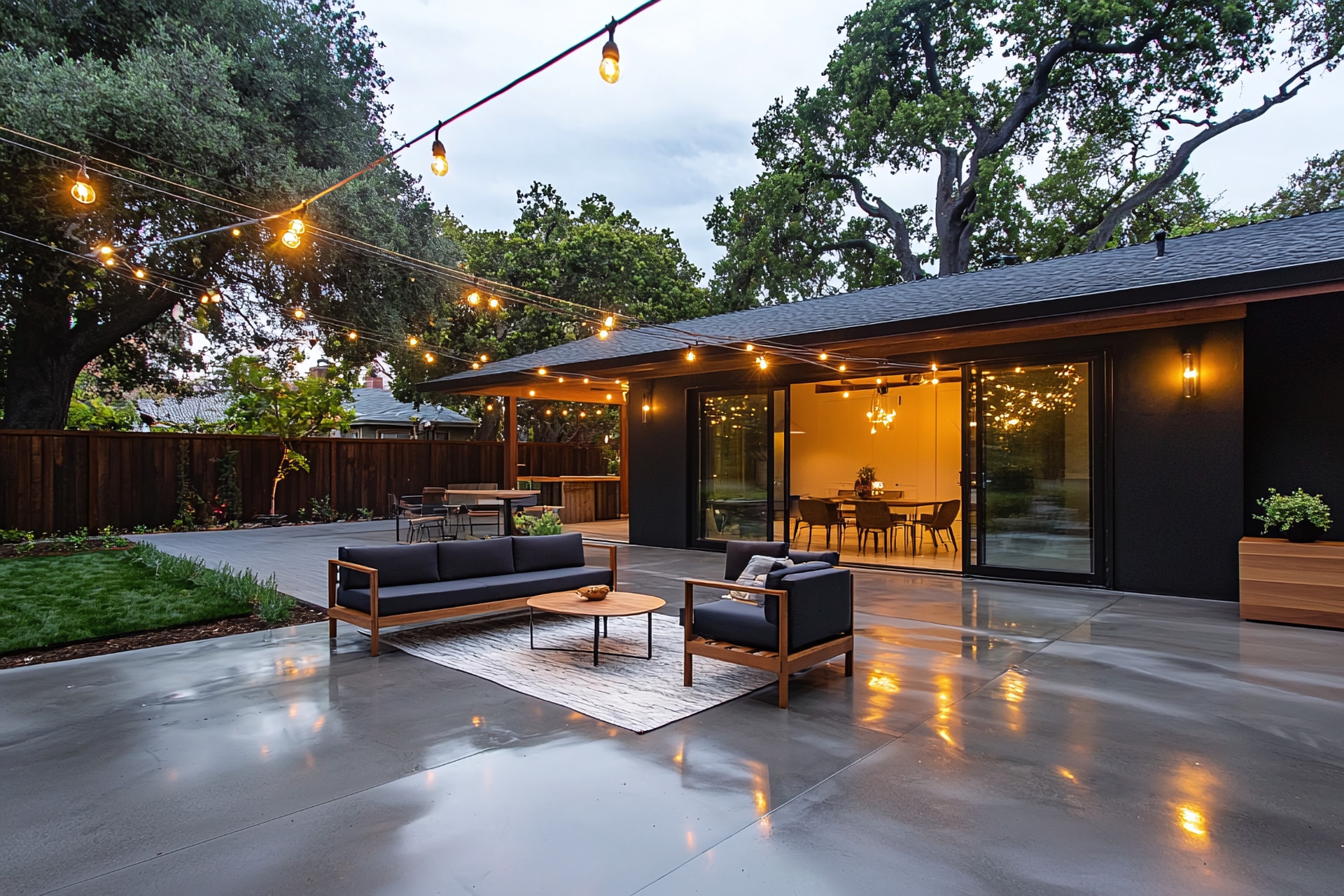How to Garden in a Desert City
Las Vegas gardening might sound like a challenge considering the desert environment, but it’s easier than you think. Desert gardening takes a little extra knowledge, but vegetable gardening in Las Vegas is simple enough once you know the tricks. Keep reading to learn how to grow a garden in Las Vegas.
Plant Care In Las Vegas
The three keys to Las Vegas gardening are soil preparation, watering schedules, and pest control. The Nevada climate can prove tricky for all three of these, but tackling them is all part of learning how to garden in Las Vegas:
Prepare Soil For Planting
Soil preparation is always the first step of learning how to garden in Las Vegas. Las Vegas soil is hard and rocky, making it not so great for retaining both the moisture and nutrients that plants need to survive and grow. The soil is a critical part of vegetable gardening in Las Vegas for growing all but the hardiest plants. That’s why you need to take your time to prepare the soil for planting.
While gardeners look for soil with good drainage in other parts of the country, Las Vegas gardening often calls for the most porous planting soil mixed with organic compost. This always depends on what you are planting. Cactus soil is very different from the soil you need for vegetables, for example.
Identify What Your Zone Needs
When learning how to grow a garden in Las Vegas, or anywhere else for that matter, growing or climate zones are a big help.
Growing zones tell gardeners which plants will thrive in their climate and region. Las Vegas has two different growing zones due to experiencing both extreme heat and extreme cold over the year. This can be a source of confusion for people learning how to harden in Las Vegas.
The US Department of Agriculture (USDA) puts Las Vegas in growing zone 9a. The USDA bases its growing zones on the extreme minimum temperature of a region. Meanwhile, the Sunset climate zones system gives Las Vegas a growing zone of 11. Sunset climate zones use a combination of the growing season, rainfall, extreme heat, and cold, wind, and humidity to assign zones.
Always check the zoning system which is being referred to when buying plants or seeds. Some plants can survive outside of their recommended growing zone, but you may have to take extra steps to care for them, such as putting them in a hothouse during winter or moving them to a calm, shaded area in the hotter months.
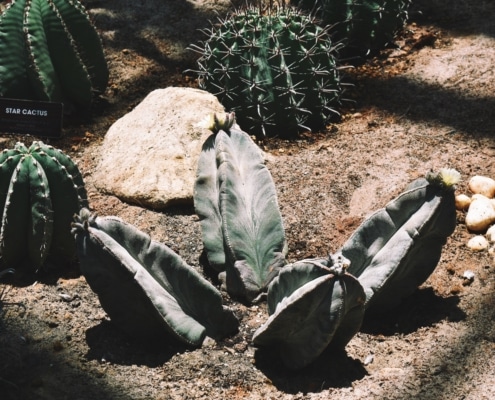
Regulate the Sun Levels for Your Plants
When researching how to garden vegetables, exposure to 6-8 hours of direct sunlight is a standard recommendation for many ‘full sun’ plants. Always remember that these recommendations rarely take desert gardening into account. This level of exposure could burn your plants even if they are described as ‘full sun,’ especially if they are not natural desert crops. ‘Partial sun’ plants may need to spend most of the day sheltered from direct sunlight.
In Las Vegas gardening, even ‘full sun’ plants’ sun exposure may need to be reduced, ensuring they are shaded by around 2 pm. In a desert, a garden makes sure your plants are positioned in the shade by mid-afternoon, or earlier depending on the crop you are growing. Keep in mind to properly regulate the sun levels.
Water Properly
Keeping a desert garden adequately watered can be a challenge in Las Vegas’s climate. It can also be expensive. Getting this right is key to reducing wasted water, preventing your plants from burning, and generally keeping your desert crops healthy.
Watering by hand or above-ground sprinklers is expensive as a lot of water is wasted through spillage and evaporation. On a hot day, water can evaporate before reaching the plant’s roots, and watering a plant under intense sunlight can cause it to burn.
Drip irrigation is much more efficient and effective for Las Vegas gardening. Delivering water directly to the plant roots reduces the evaporation caused by heat and sunlight and overall limits water wastage through the inaccuracy of hand watering or a sprinkler system.
Running a drip irrigation system for 30 to 40 minutes early in the morning provides enough water for most plants and allows the plants to absorb much of that water before the hottest part of the day evaporates it. Small leaks can quickly add up in water costs, so check your irrigation system regularly for any need to repair. On sweltering days, it can be a good idea to water plants once again in the evening. Never water your plants in the evening during winter, however, as this could harm your plants.
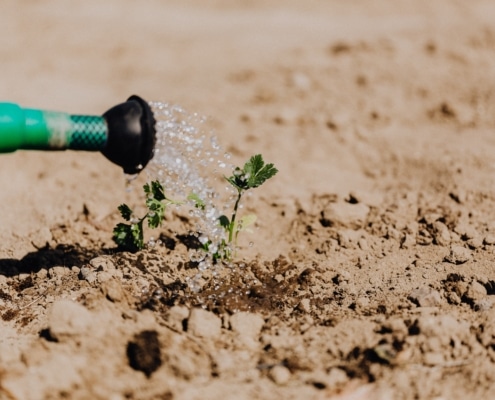
Don’t Forget Mulching.
Mulch is suitable for growing plants in many environments, especially in desert gardening, and would occur naturally if your plants were growing out in the wild. A thick layer of dead and decomposing plant matter reduces the amount of evaporating water, keeping the soil underneath moist for longer. It also acts as a barrier that helps prevent weeds in the soil from sprouting and prevents new seeds from reaching the soil. Take your time to learn how and when to mulch your plants.
Get Ready For Pests
Desert gardens can play host to a surprising number of pests that you will need to prepare for:
- Ants
Ants aren’t troublemakers themselves, but they are often a sign that other potentially damaging insects are also present.
- Spider Mites
Spider mites live on the undersides of plant leaves. They will bite into the leaves and suck out the plant juices for food and moisture. The damage this causes to the plate gives it not only an unsightly mottled appearance but also affects your crop’s ability to absorb sunlight and grow.
Only use insecticides intended for spider mites as general use pesticides are more effective at killing the beneficial insects that control spider mite populations. Introducing healthy insect populations such as ladybugs that eat spider mites can be an effective way of reducing or preventing an infestation.
- Leaf Miners
The larvae of some moth, beetle, and fly species will burrow into plant leaves for food and shelter. While this damage alone is rarely enough to kill your plants, the insects they turn into will cause further damage. They can usually be handled with general pesticides. Commercial farms and plant nurseries sometimes use wasps to control leaf miners and other pests, but wasps are rarely welcome at a home garden or yard.
- Beetles
Some beetles will bite chunks out of plant leaves, limiting sunlight absorption and causing a loss of moisture and nutrients. Others will bite directly into fruit and vegetables or, worse, go straight for the plant’s roots. Protective nematodes can control beetles and other pests without harming bees, worms, and other beneficial bugs.
- Sowbugs
Sowbugs tend to prefer eating soft fruits like strawberries and tomatoes, and they are a common problem in desert gardening. You might not spot these pests at first because they usually only come out at night. General pesticides and nematodes can control them.
Plant At The Right Time
Nevada has two distinct growing seasons. Cool-season plants can be planted safely in February and March or in August and September. Most warm-season plants should be planted between March and June. Every crop in a desert garden has an ideal time for planting; however, these are just rough guidelines.
So which vegetables can you grow in Las Vegas?
In the cool season, you could plant artichoke, asparagus, beet, broccoli, Brussels sprouts, cabbage, cauliflower, celery, chard, chive, collard, endive, garlic, horseradish, kale, kohlrabi, leek, lettuce, mustard, onions, parsley, parsnips, peas, potatoes, radish, rhubarb, rutabaga, salsify, spinach, and turnips. A few of these, such as asparagus and horseradish, can survive being planted a little later in the year.
In the warm season, vegetable gardening in Las Vegas has fewer options. Not all crops can survive the harsh desert heat, but there is still plenty that can. These include cantaloupe, cucumber, eggplant, muskmelon, okra, peanut, pepper, pumpkin, squash, sweet corn, sweet potato, tomato, and watermelon. Okay, a few of those are fruit, but it still means you can grow fresh produce in your desert garden all year round.
Understand Cacti & Succulent
To the casual observer, cacti and succulents can look pretty similar, but they are somewhat different. Cacti are natural desert plants, built to handle harsh sunlight and an arid climate with low rainfall. Most succulents, on the other hand, originate from humid and tropical environments. As a result, they can dry out or burn when exposed to harsh sunlight for too long.
Cacti and succulents are more similar when it comes to watering, however, and you should avoid watering either during the cold season for several reasons. Cacti and succulents can go into a hibernation period in the coldest months, during which they absorb very little water from the soil. As a result, the unabsorbed water can leave the plant roots soggy and cause them to rot. Additionally, on the coldest nights of the year, temperatures may fall low enough to freeze water. If your cacti and succulents are overhydrated, water close to the surface of their skin can freeze, cracking and damaging the plant’s skin.
Conclusion
Whether you are an experienced gardener or a total beginner in Las Vegas gardening, we are here to help with all of your gardening needs. If you need help finding the right soil mixture for your desert garden plants, aren’t sure how to set up your irrigation system, or need advice on how to handle a pest, don’t hesitate to contact us.




